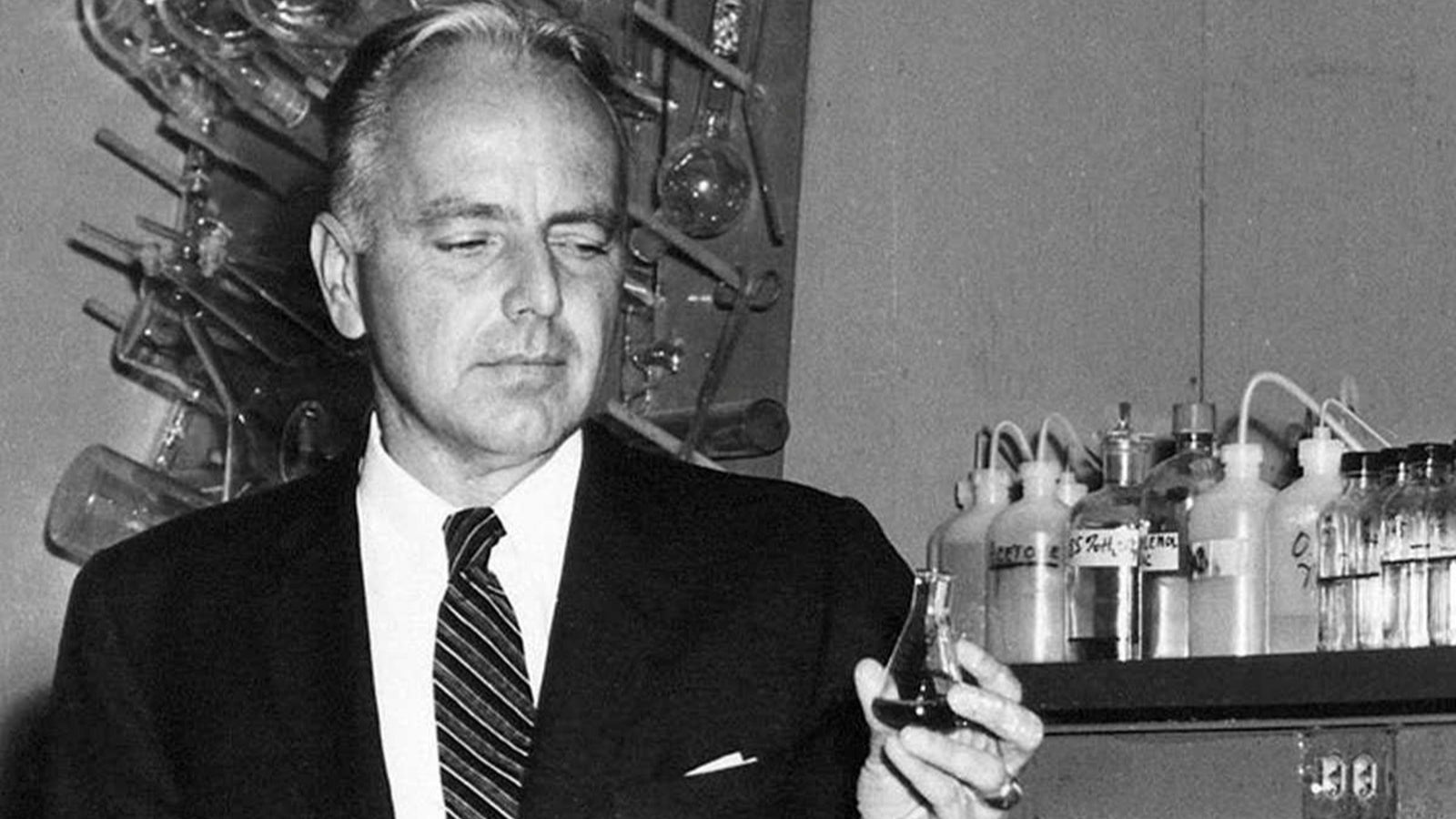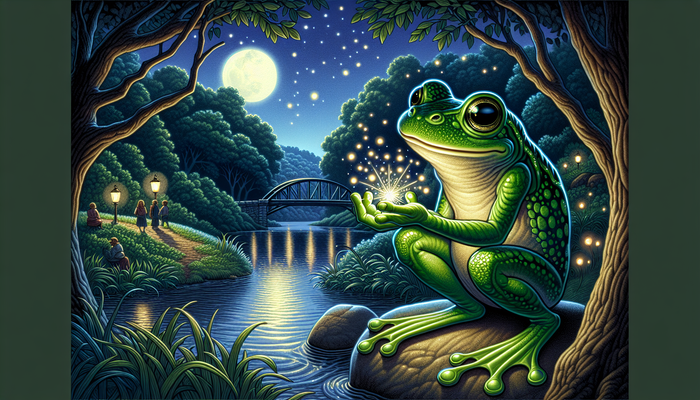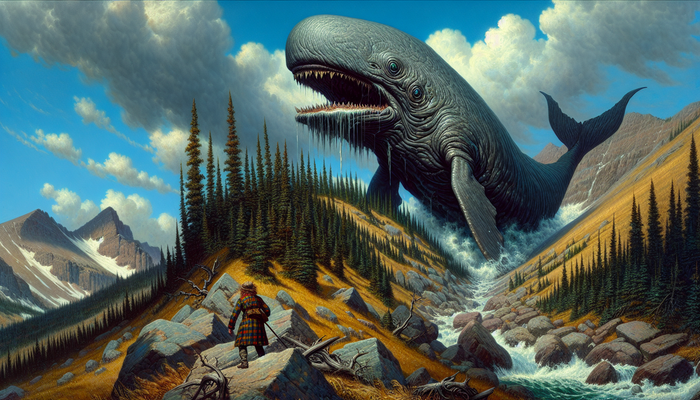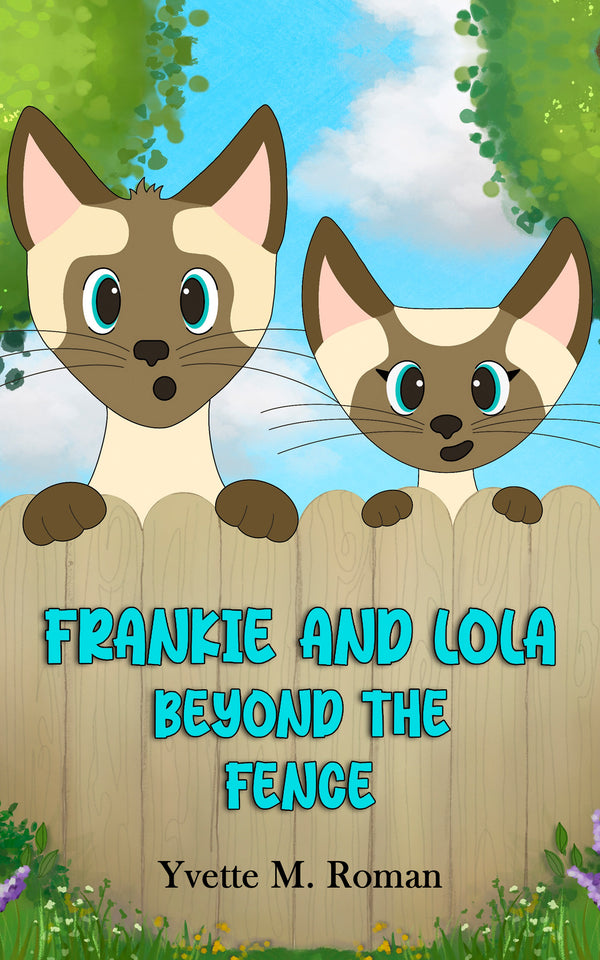Tom Slick’s Cryptid Expeditions: A Legacy of Mystery Uncovered

By Oliver Bennett, Cryptozoologist
In the annals of cryptozoology, few names shine as brightly as that of Tom Slick. A millionaire adventurer with an insatiable curiosity for the unknown, Slick's expeditions in search of legendary creatures like the Yeti and Bigfoot have left an indelible mark on the field. His quest to uncover the truth behind these cryptids represents a unique fusion of scientific inquiry, adventurous spirit, and a deep appreciation for the mysteries that lurk in the shadows of our world.
Early Life and Education
Born on May 6, 1916, in Pennsylvania, Tom Slick Jr. was the son of Thomas Baker Slick Sr., an oil tycoon known as the "King of the Wildcatters." This privileged background provided young Tom with the resources and freedom to pursue his passions, which would eventually lead him down the path of cryptozoology. But Slick was far more than just a wealthy thrill-seeker. His education at prestigious institutions like Phillips Exeter Academy and Yale University honed his intellect and instilled in him a rigorous approach to inquiry that would serve him well in his later expeditions.
It was during his college years that Slick's fascination with cryptids first took root. In 1937, he and a group of Yale friends embarked on an expedition to Scotland to investigate reports of the Loch Ness Monster. This early adventure, while ultimately fruitless in terms of concrete evidence, ignited a spark in Slick that would burn for the rest of his life. The idea that there could be large, unknown creatures hiding in the remote corners of the world captured his imagination and set him on a path that would define his legacy.
The Yeti Expeditions
As Slick's interest in cryptids grew, so did his ambition. In the 1950s, he turned his attention to one of the most enduring mysteries in cryptozoology: the Yeti, or Abominable Snowman, of the Himalayas. The Yeti had long been a part of Nepalese and Tibetan folklore, described as a large, ape-like creature that roamed the snowy peaks of the world's highest mountain range. For Slick, the Yeti represented more than just a mythical beast; it was a potential missing link in the evolutionary chain, a creature that could bridge the gap between humans and our primate ancestors.
The 1957 Expedition
In 1957, Slick organized his first major expedition to Nepal in search of the Yeti. This was no amateur endeavor; Slick secured an official endorsement from the San Antonio Zoo, lending an air of scientific legitimacy to the venture. The expedition faced early setbacks when Slick was injured in a bus accident, but this did nothing to dampen his enthusiasm. Despite the injury, the team pressed on, and their efforts were rewarded with the discovery of tracks that Slick believed belonged to the elusive creature. These findings, while inconclusive, only fueled Slick's determination to uncover the truth behind the Yeti legend.
The 1959 Expedition
Two years later, in 1959, Slick returned to the Himalayas with an even more ambitious expedition. This time, he came prepared with a team of trained bloodhounds, each outfitted with custom-made snow boots to protect their paws from the harsh mountain terrain. The use of dogs was a stroke of innovative thinking, demonstrating Slick's willingness to employ cutting-edge techniques in his search for cryptids. The expedition also carried tranquilizer guns, a clear indication of Slick's intent to capture, rather than harm, any Yeti they might encounter.
The 1959 expedition yielded what Slick considered to be his most compelling evidence yet: a plaster cast of a 13-inch footprint that he believed belonged to a Yeti. This cast became a prized possession for Slick, often displayed prominently in his home as a testament to his adventures and a conversation piece for guests. While skeptics argued that the print could have been made by a known animal or even fabricated, for Slick, it was tangible proof that there was something out there worth investigating.
The Jimmy Stewart Connection
Perhaps the most intriguing aspect of Slick's Yeti expeditions was the involvement of Hollywood actor Jimmy Stewart. In a tale that seems ripped from the pages of a spy novel, Stewart played a crucial role in smuggling a supposed Yeti finger bone from Nepal to London for scientific analysis. The story goes that Peter Byrne, a member of Slick's expedition, had managed to obtain a finger from a "Yeti hand" kept at the Pangboche Monastery. Byrne replaced the finger with a human digit and, with the help of Stewart, smuggled the original out of the country in a film canister.
This clandestine operation speaks to the lengths Slick and his team were willing to go in their quest for evidence. It also highlights the blurred lines between science, adventure, and sometimes ethically questionable practices that often characterized cryptozoological expeditions of the era. The finger was eventually analyzed and determined to be human, but the incident remains a colorful chapter in the annals of Yeti research.
The Bigfoot Expeditions
As the 1950s drew to a close, Slick's attention began to shift closer to home. Reports of a large, ape-like creature in the Pacific Northwest of North America had been circulating for years, and Slick saw an opportunity to apply the lessons learned from his Himalayan expeditions to the search for what would come to be known as Bigfoot or Sasquatch.
Slick's Bigfoot expeditions were among the earliest organized efforts to investigate the creature scientifically. He brought the same methodical approach that had characterized his Yeti hunts, combining field research with interviews of local witnesses and analysis of Native American folklore. These expeditions laid the groundwork for future Bigfoot research, establishing protocols and methodologies that would be used by cryptozoologists for decades to come.
One of the most intriguing findings from Slick's North American expeditions was the discovery of what he believed to be Yeti droppings. Analysis of these samples revealed the presence of an unknown parasite, suggesting that they came from an animal that had not yet been cataloged by science. While this finding was far from conclusive proof of Bigfoot's existence, it added another layer of mystery to the search and reinforced Slick's belief that there were still undiscovered creatures roaming the wilderness.
Slick's Unique Approach to Cryptozoology
Slick's approach to cryptozoology was unique for its time. He straddled the line between scientific skepticism and open-minded curiosity, bringing resources and expertise to a field that had long been dismissed by mainstream science. His expeditions were characterized by a willingness to employ cutting-edge technology and techniques, from the use of bloodhounds in the Himalayas to the analysis of biological samples in the lab.
Moreover, Slick understood the importance of engaging with local communities and indigenous knowledge. He recognized that the legends and folklore surrounding creatures like the Yeti and Bigfoot often contained valuable information that could guide scientific inquiry. This respect for traditional knowledge, combined with modern scientific methods, set Slick's expeditions apart from many of his contemporaries.
The Tragic End and Enduring Legacy
Tragically, Tom Slick's life was cut short when he died in a plane crash in 1962 at the age of 46. However, his legacy as a cryptozoologist and adventurer endures. The expeditions he organized and funded laid the groundwork for future investigations into cryptids, inspiring a new generation of researchers to explore the unknown with scientific rigor and an open mind.
In the years since Slick's death, his life and adventures have become the subject of renewed interest. Books, documentaries, and podcasts have explored his contributions to cryptozoology, ensuring that his story continues to captivate audiences. The recent podcast "Tom Slick: Mystery Hunter," featuring the voice talents of Owen Wilson and Sissy Spacek, has brought Slick's adventures to a new generation, blending fact and fiction to create an engaging narrative that captures the spirit of his quests.
Beyond Cryptozoology: Slick's Scientific Legacy
But Slick's legacy extends far beyond his cryptozoological pursuits. He was a man of diverse interests and accomplishments, founding several research institutions that continue to make significant contributions to science and medicine. The Southwest Research Institute (SwRI), established by Slick in 1947, has grown into a major scientific research and development organization, working on projects ranging from space exploration to renewable energy.
Similarly, the Texas Biomedical Research Institute, which Slick founded in 1941, has become a leader in the study of infectious diseases and genetics. During the recent COVID-19 pandemic, the institute played a crucial role in developing vaccines and treatments, a testament to Slick's foresight in establishing institutions dedicated to improving human health.
Slick's interest in the human mind led him to establish the Mind Science Foundation in 1958, an organization dedicated to exploring consciousness and the frontiers of human potential. This foundation reflects Slick's belief that the greatest mysteries might lie not in the remote wilderness, but within the human mind itself.
These institutions stand as a testament to Slick's diverse interests and his commitment to advancing human knowledge across multiple fields. They also demonstrate that his legacy extends far beyond his cryptozoological expeditions, impacting areas of science and medicine that continue to benefit society today.
The Cultural Impact of Cryptids
The cultural impact of cryptids, which Slick did so much to popularize, cannot be overstated. Creatures like the Yeti and Bigfoot have become deeply embedded in popular culture, inspiring countless books, movies, television shows, and works of art. They serve as powerful symbols of the unknown, reminding us that there may still be mysteries waiting to be uncovered in the world around us.
This enduring fascination with cryptids speaks to a fundamental aspect of human nature: our desire to explore, to push the boundaries of knowledge, and to believe that there is always more to discover. In this sense, Slick's expeditions tapped into something profound in the human psyche, a yearning for wonder and mystery in an increasingly mapped and cataloged world.
The ongoing debates surrounding the existence of creatures like the Yeti and Bigfoot also highlight the complex relationship between science, folklore, and belief. While mainstream science remains skeptical of these creatures' existence, the persistence of sightings and the passionate community of researchers and enthusiasts demonstrate that the allure of the unknown remains strong.
Lessons from Slick's Approach
Tom Slick's approach to cryptozoology offers valuable lessons for how we might approach other areas of scientific inquiry. His willingness to consider unconventional ideas, combined with a commitment to rigorous investigation, serves as a model for how we might tackle other mysteries that lie at the fringes of our understanding.
Slick's life and work remind us of the importance of maintaining a sense of wonder about the world. In an age of rapid technological advancement and scientific discovery, it can be easy to assume that all the great mysteries have been solved. But Slick's legacy encourages us to keep an open mind, to question our assumptions, and to never stop exploring.
Conclusion: The Enduring Spirit of Exploration
As we reflect on Tom Slick's cryptid expeditions and their lasting impact, we are reminded of the power of curiosity and the thrill of discovery. Whether or not the Yeti or Bigfoot ever existed, the search for these creatures has enriched our understanding of the natural world and our place within it. It has inspired generations of explorers, scientists, and dreamers to look beyond the known and to imagine what might be possible.
In the end, perhaps the true value of Slick's expeditions lies not in what they found, but in what they represent: the enduring human drive to explore, to question, and to seek out the extraordinary in the world around us. As long as there are unexplored corners of the globe and unanswered questions about the nature of reality, there will be those who follow in Tom Slick's footsteps, venturing into the unknown in search of wonder and discovery.
The legacy of Tom Slick serves as a reminder that the greatest adventures often begin with a simple question: "What if?" It is this spirit of inquiry, coupled with the courage to pursue the answers wherever they may lead, that continues to inspire researchers, explorers, and dreamers around the world. As we face the challenges of the future, we would do well to remember the lessons of Tom Slick's life: that with curiosity, perseverance, and an open mind, there is no mystery too great to unravel, no frontier too distant to explore.
From Bigfoot to UFOs: Hangar 1 Publishing Has You Covered!
Explore Untold Stories: Venture into the world of UFOs, cryptids, Bigfoot, and beyond. Every story is a journey into the extraordinary.
Immersive Book Technology: Experience real videos, sights, and sounds within our books. Its not just reading; its an adventure.



























